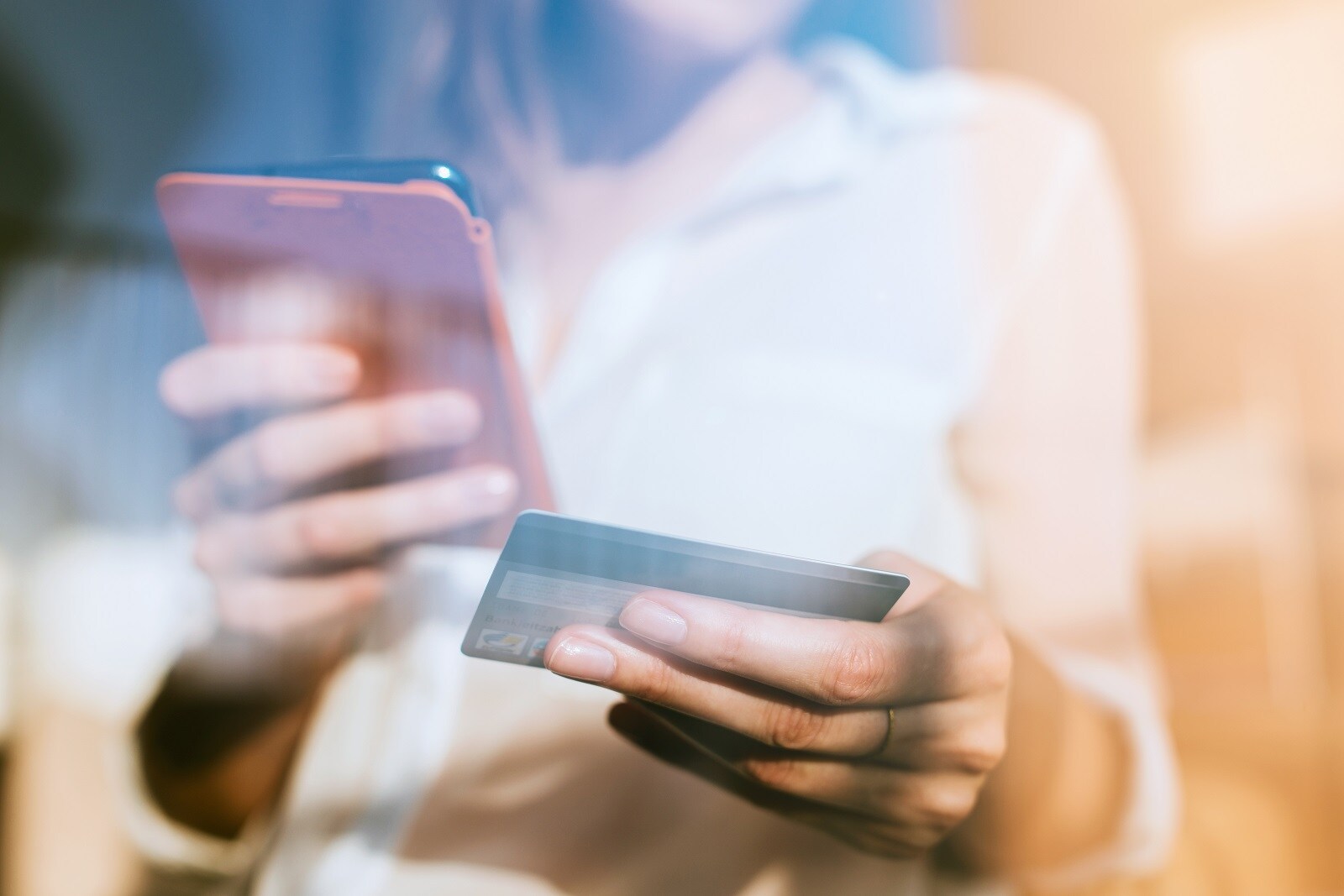

‘Zielone kołnierzyki’ szansą na przewagę konkurencyjną
Unijna strategia Zielonego Ładu oraz ambicje dotyczące redukcji emisji gazów w krajach członkowskich dotyczą wszystkich polskich przedsiębiorców z uwagi na członkostwo Polski w Unii Europejskiej. Wyzwanie może stać się szansą na uzyskanie przewagi konkurencyjnej i przyspieszenie tempa zmian, jeśli zostanie uwzględniona...
















